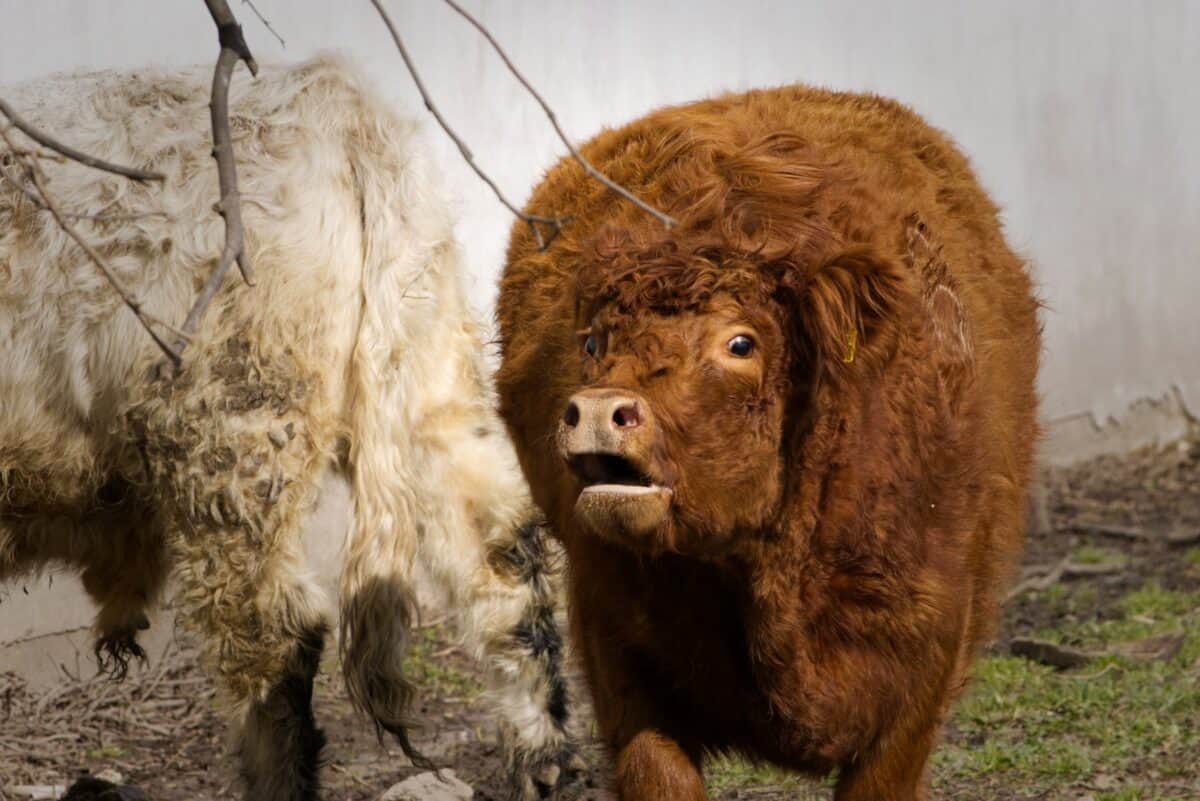The gentle sound of a cow mooing across a pastoral landscape can evoke feelings of tranquility and harmony with nature. But have you ever stopped to wonder what those moos really mean? Thanks to scientific research, we are beginning to understand the complexities of bovine communication. In this article, we’ll delve into the fascinating world of cow vocalizations, exploring what these sounds can tell us about the emotions, needs, and social interactions of these intelligent animals.
The Role of Vocalizations in Animal Communication

Vocalizations play a crucial role in the animal kingdom, serving as a primary method of communication for many species. From the songs of birds to the howls of wolves, these sounds help individuals convey emotions, warn of danger, establish territories, and strengthen social bonds. In domesticated animals like cows, vocalizations are no less important. Studying their mooing can offer insights into their behavior and well-being.
The Science Behind Cattle Communication
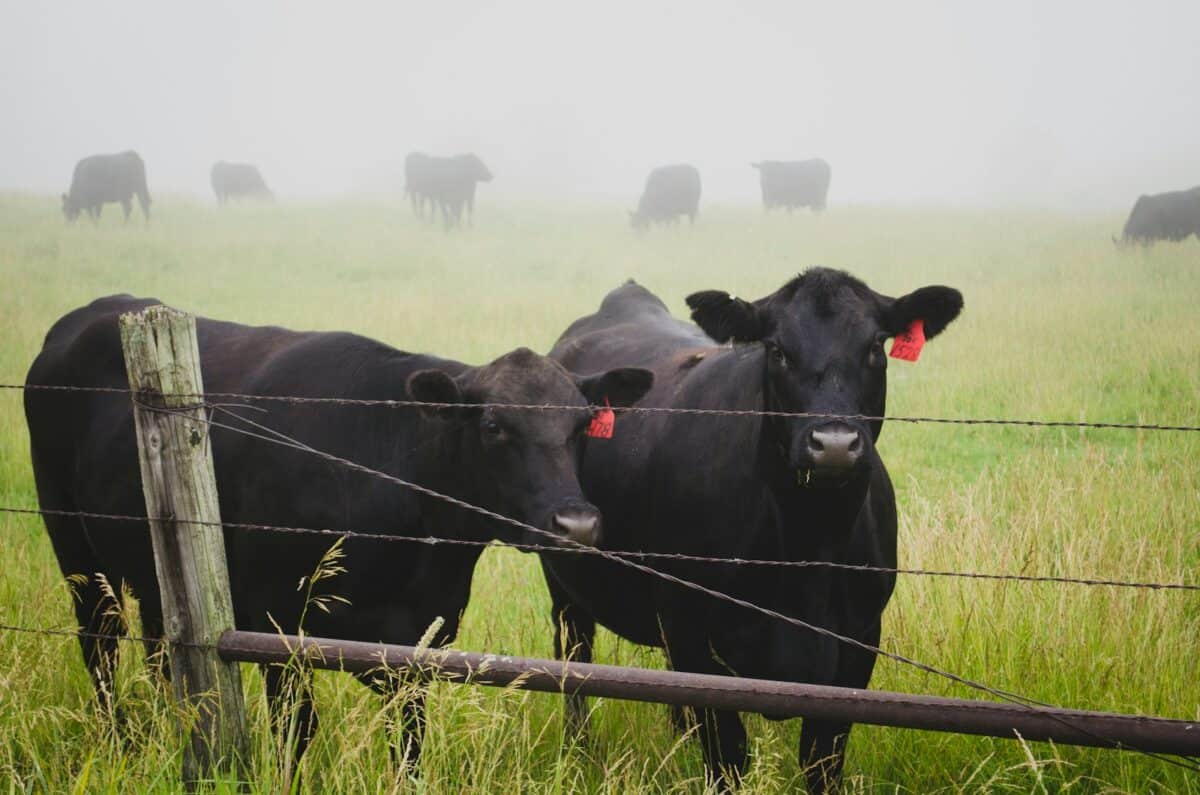
Until recently, cow vocalizations were largely overlooked by scientists. However, advancements in bioacoustics—the study of sound production and perception in animals—have allowed researchers to analyze these calls more closely. By recording and assessing the pitch, duration, and frequency of cow moos, scientists have begun to unravel the intricate language of cattle.
The Varieties of Moos
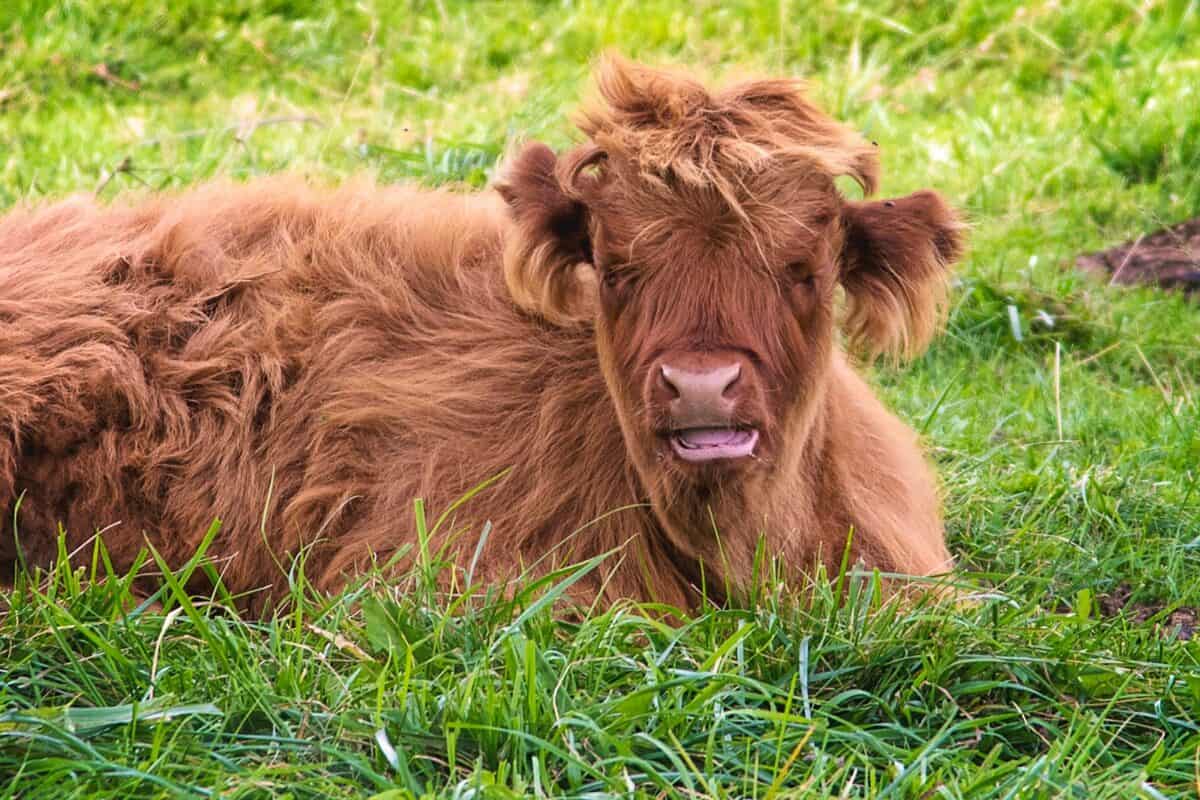
Cows have a broad repertoire of vocalizations, and not all moos are created equal. Researchers have identified several distinct types of moos, each associated with different contexts or signals. These include low, soft moos for close social bonding, loud, high-pitched moos for long-distance communication, and anxious moos associated with stress or discomfort.
Emotional Expression Through Mooing
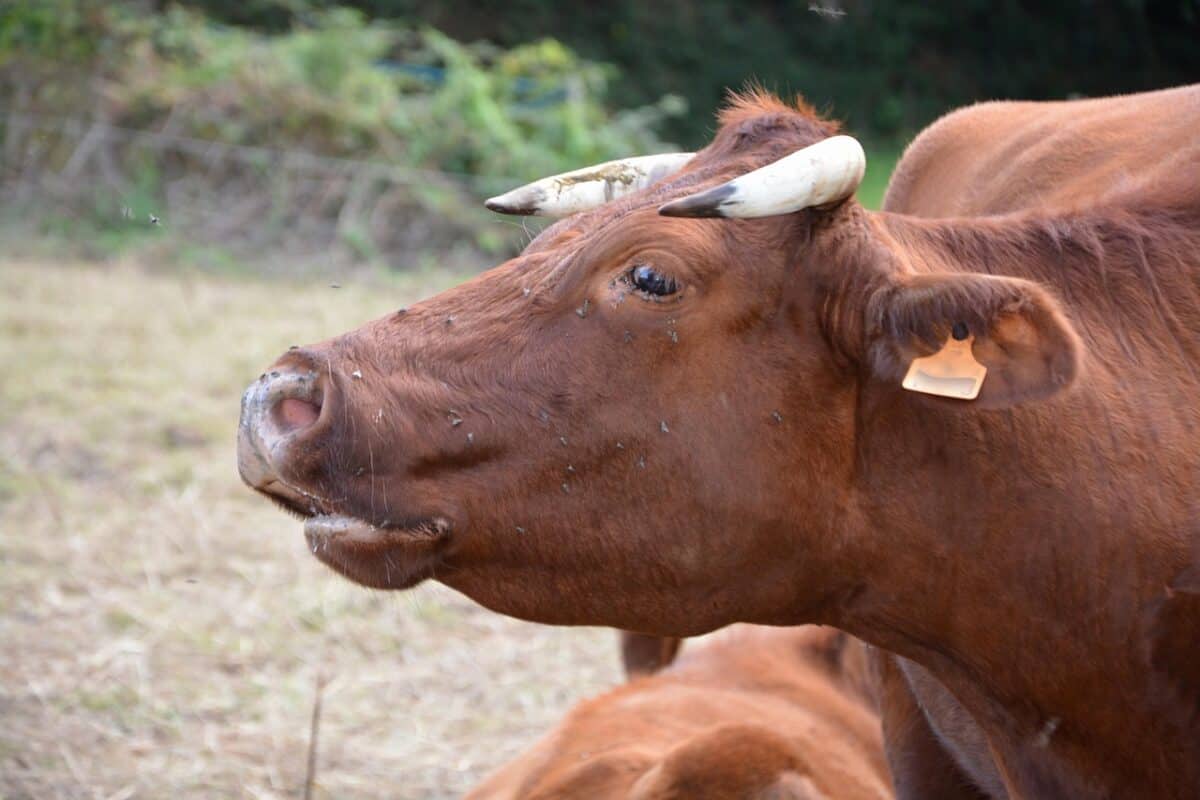
Much like humans, cows express their emotions through vocalizations. Studies have indicated that the tone and frequency of a cow’s moo can reflect its emotional state. For instance, a distressed or upset cow may emit a higher-pitched moo, while a content and relaxed cow might produce a deeper, more rhythmic sound.
Calling for Calves
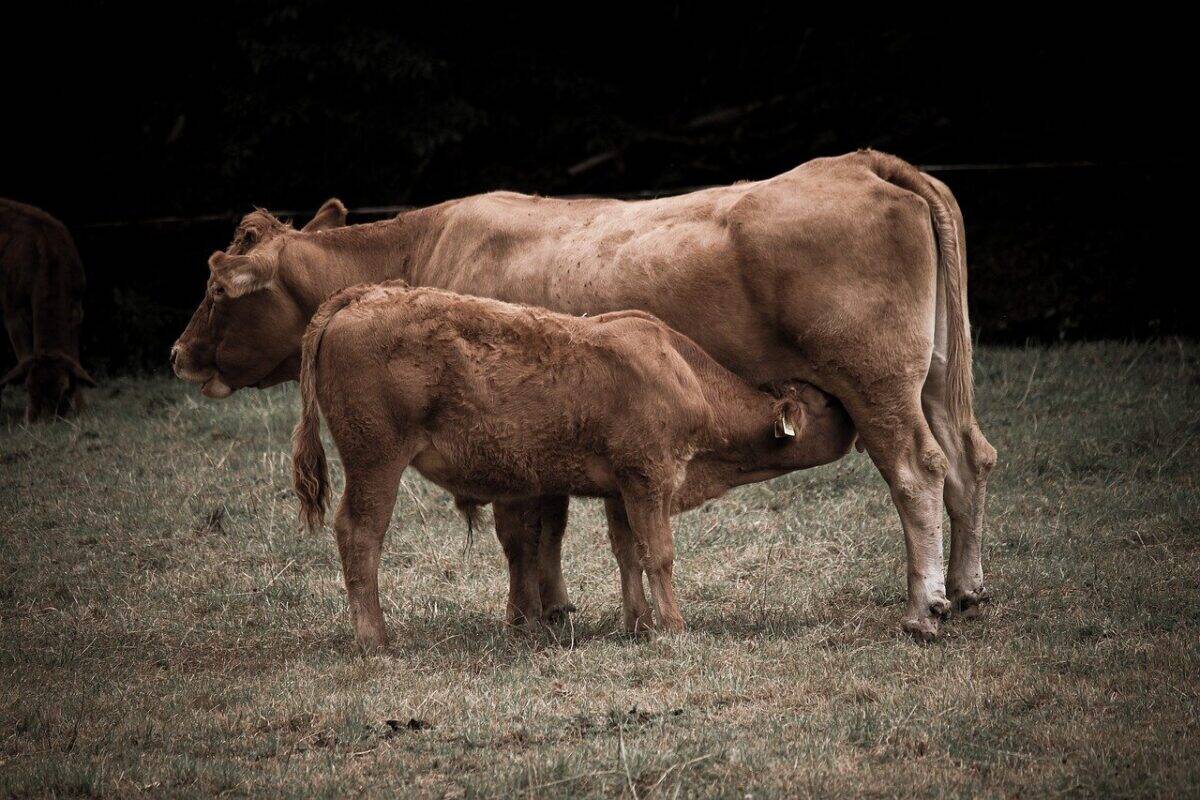
One of the most compelling uses of mooing is in the mother-calf relationship. A mother cow will often moo to locate or call her calf, using a distinctive sound that her offspring can recognize amid a herd. This helps to ensure the safety and nurturing of young calves, highlighting the deep bond between mother and calf.
Individual Recognition Among Cows

Just as humans recognize each other’s voices, cows can distinguish between the moos of different individuals. Each cow’s moo carries unique characteristics, allowing herd members to identify and communicate with specific individuals, which is crucial in maintaining social structure within the herd.
Social Structuring Within Herds

Mooing also plays a significant role in herd dynamics. Cows often use vocalizations to establish and maintain social hierarchies, signaling dominance or submission within the group. Such communication is vital for the stability and order of the herd.
Responses to Environmental Stimuli
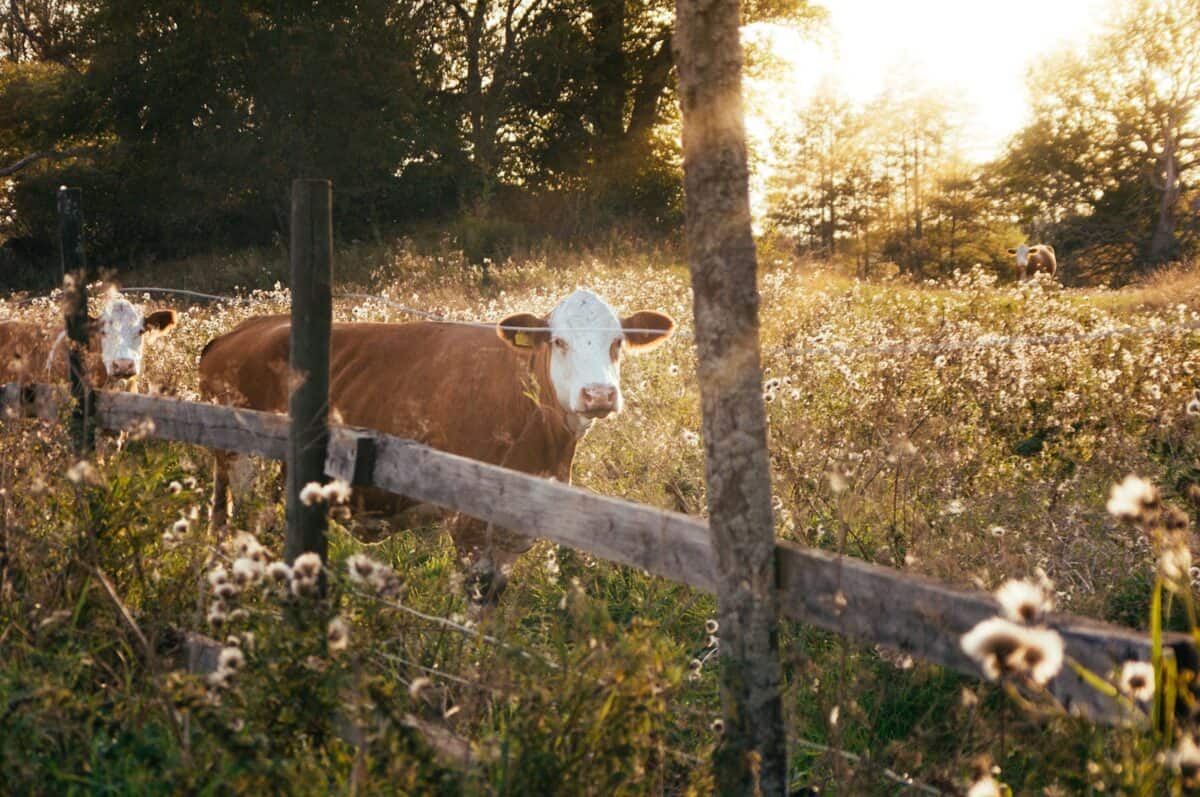
Environmental changes can significantly impact cow vocalizations. For instance, unexpected events or perceived threats may lead to an increase in mooing frequency as cows signal alertness and mobilize the herd for potential actions.
Mooing and Mating Behavior
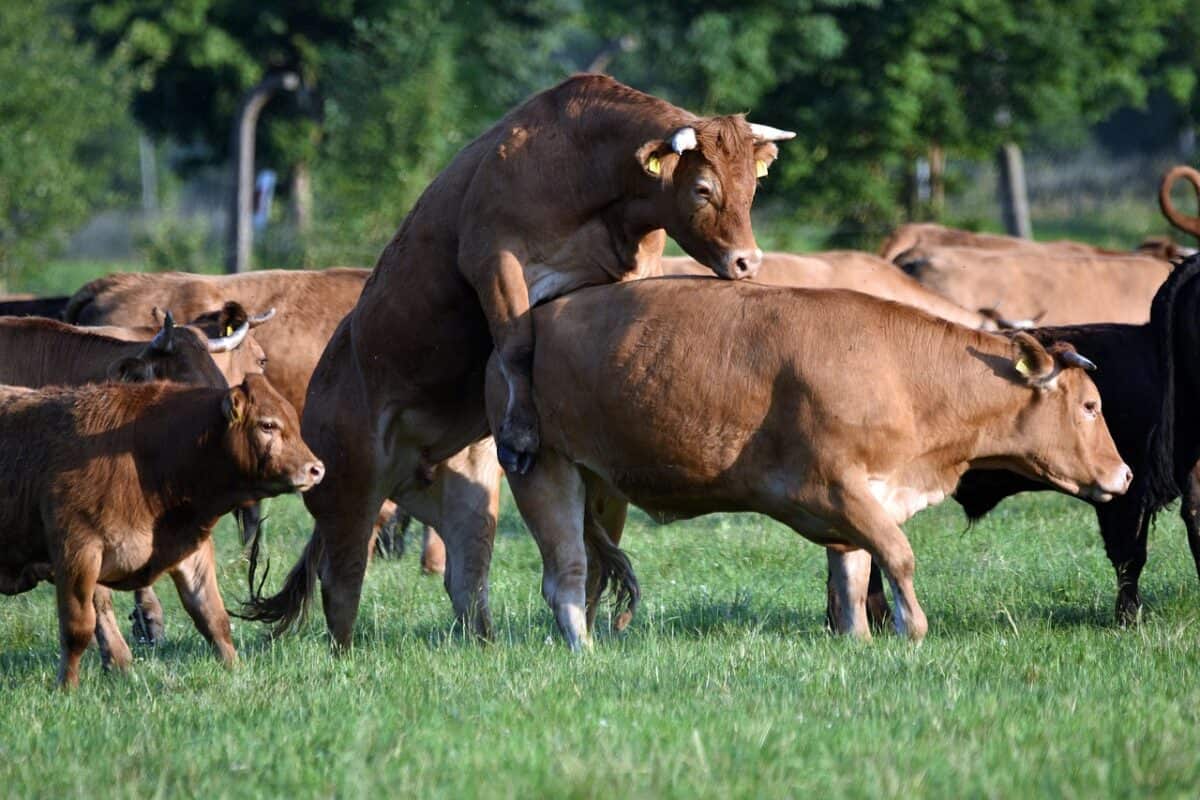
During mating seasons, mooing takes on a special significance as a way for cows to attract potential mates. Bulls, in particular, use deeper, more resonant moos to assert their presence and attract females. Such vocalizations are part of an elaborate courtship behavior that facilitates reproduction.
Behavioral Indicators of Health
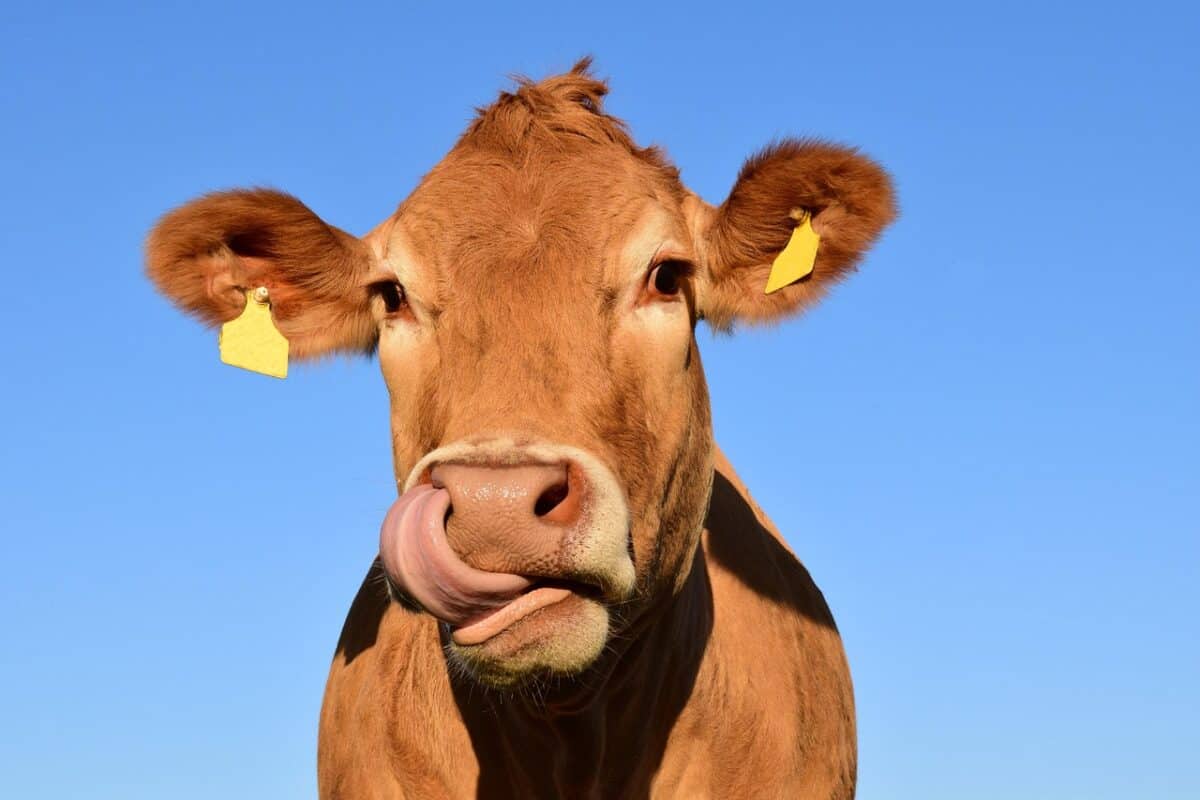
Cows’ vocal patterns can also serve as valuable indicators of their health and well-being. Sudden changes in mooing behavior—such as increased or decreased frequency, or alterations in pitch—may signal illness, injury, or stress, providing farmers and veterinarians with important diagnostic clues.
Implications for Farming and Animal Welfare
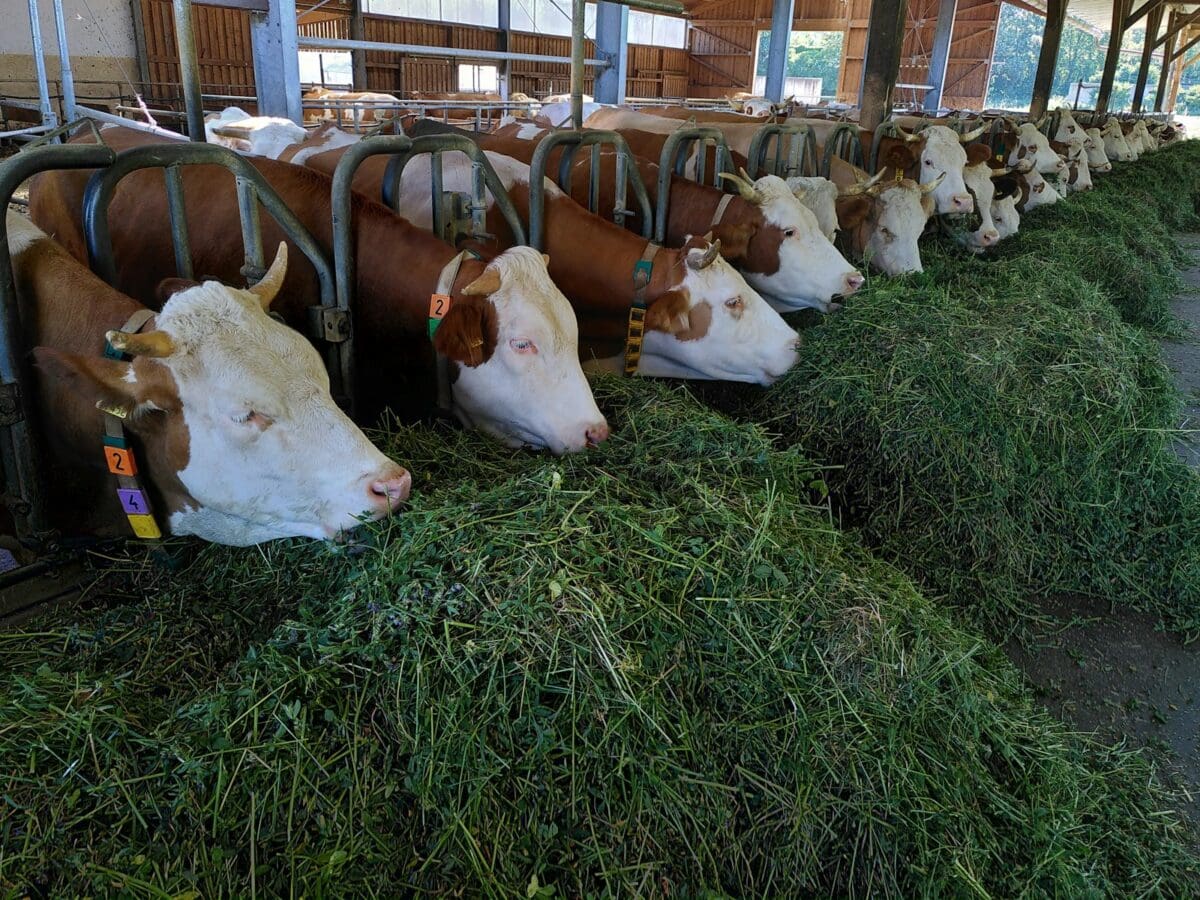
Understanding cow vocalizations has significant implications for improving animal welfare in farming contexts. By recognizing and interpreting the various moos, farmers can better address the needs of their cattle, ensuring they are healthy, comfortable, and stress-free.
As science continues to decode the language of cow moos, we gain deeper insights into the lives and social structures of these fascinating animals. Appreciating the complexity of cattle communication not only enriches our understanding of them but also encourages more compassionate and effective management practices in agriculture. As research progresses, we can look forward to further revelations about these gentle giants and their subtle but meaningful ways of communicating.
- America’s Most Endangered Mammals And How to Help - August 9, 2025
- The Coldest Town in America—And How People Survive There - August 9, 2025
- How Some Birds “Steal” Parenting Duties From Others - August 9, 2025

